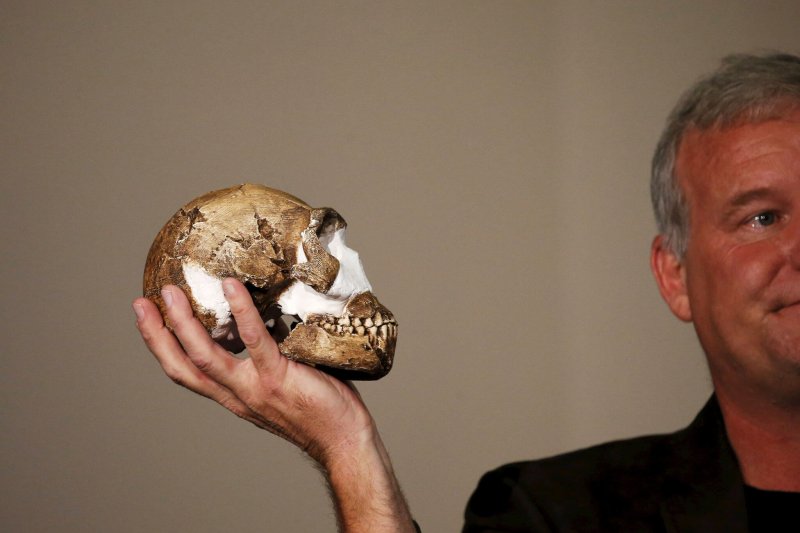Here are some of the most eye-raising anthropological findings of 2020.
…
2) Certain Neanderthal genes, researchers found, code for proteins that convey a heightened sense of pain to the spinal cord and brain. A July study showed that a sample of people from the UK who had inherited those Neanderthal genes experienced more pain than study participants who didn’t have them.
…
6) New evidence upended the idea that the first people arrived in North America after continent-hopping from modern-day Siberia via the Bering land bridge between 18,000 and 13,000 years ago.
During the last Ice Age 32,000 years ago, that land bridge was impassable. So the research suggests the first Americans arrived by sea. According to the study authors, these migrants were likely anatomically modern humans.
7) Scientists discovered a 9,000-year-old burial site containing weapons and animal-skinning tools high in the Andes mountains of Peru. They assumed the human bones there came from a skilled male hunter.
But a closer look revealed that this hunter was female. Further analysis of 27 other burial sites across North and South America, which also contained hunting tools and date back to the same time period, revealed that 40% of the hunters were female.































